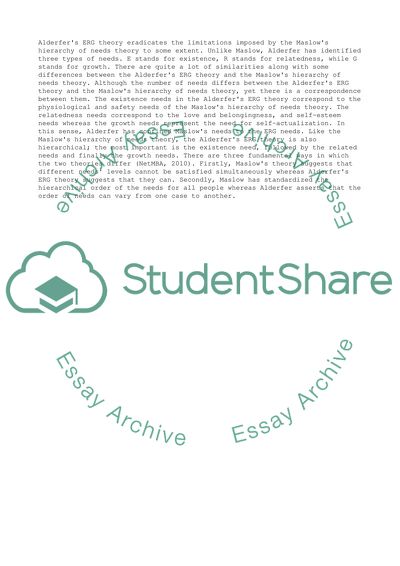Cite this document
(“Motivation of Employees in the Real Estate Industry Research Paper”, n.d.)
Motivation of Employees in the Real Estate Industry Research Paper. Retrieved from https://studentshare.org/management/1591193-motivation-of-employees-in-the-real-estate-industry
Motivation of Employees in the Real Estate Industry Research Paper. Retrieved from https://studentshare.org/management/1591193-motivation-of-employees-in-the-real-estate-industry
(Motivation of Employees in the Real Estate Industry Research Paper)
Motivation of Employees in the Real Estate Industry Research Paper. https://studentshare.org/management/1591193-motivation-of-employees-in-the-real-estate-industry.
Motivation of Employees in the Real Estate Industry Research Paper. https://studentshare.org/management/1591193-motivation-of-employees-in-the-real-estate-industry.
“Motivation of Employees in the Real Estate Industry Research Paper”, n.d. https://studentshare.org/management/1591193-motivation-of-employees-in-the-real-estate-industry.


